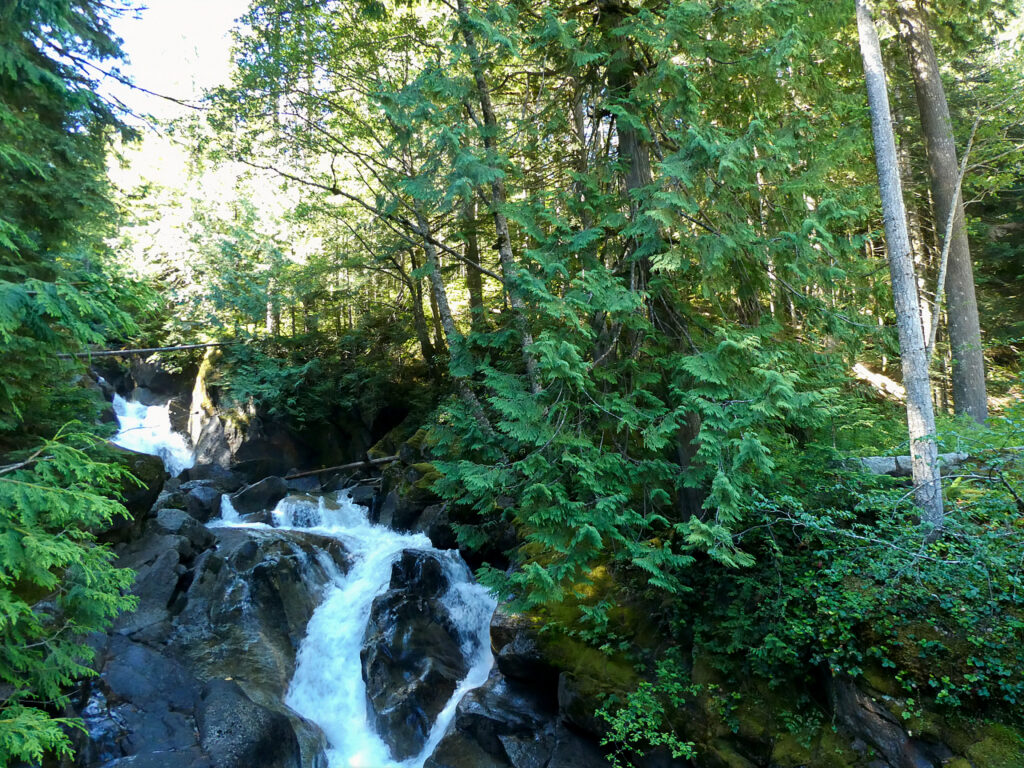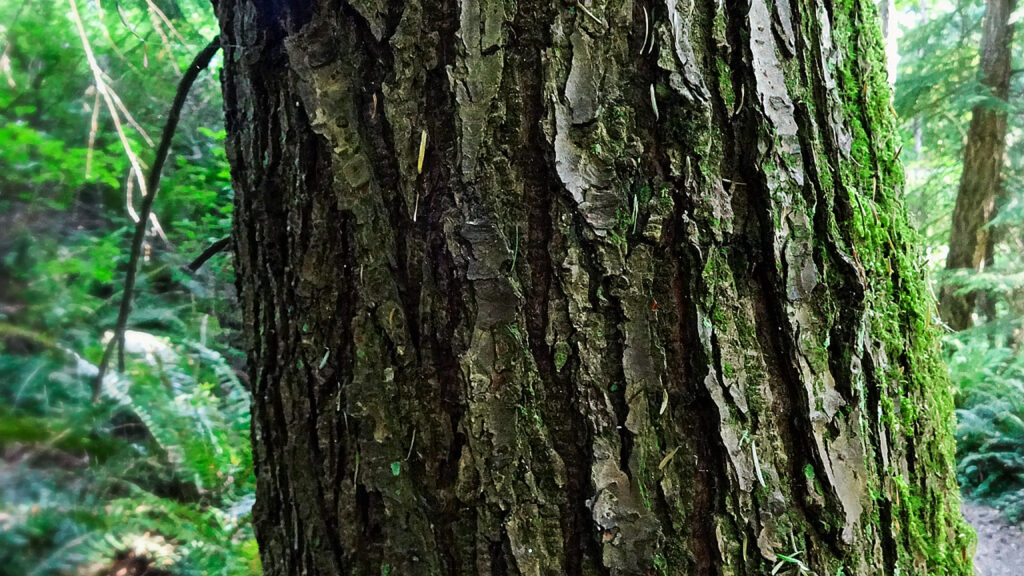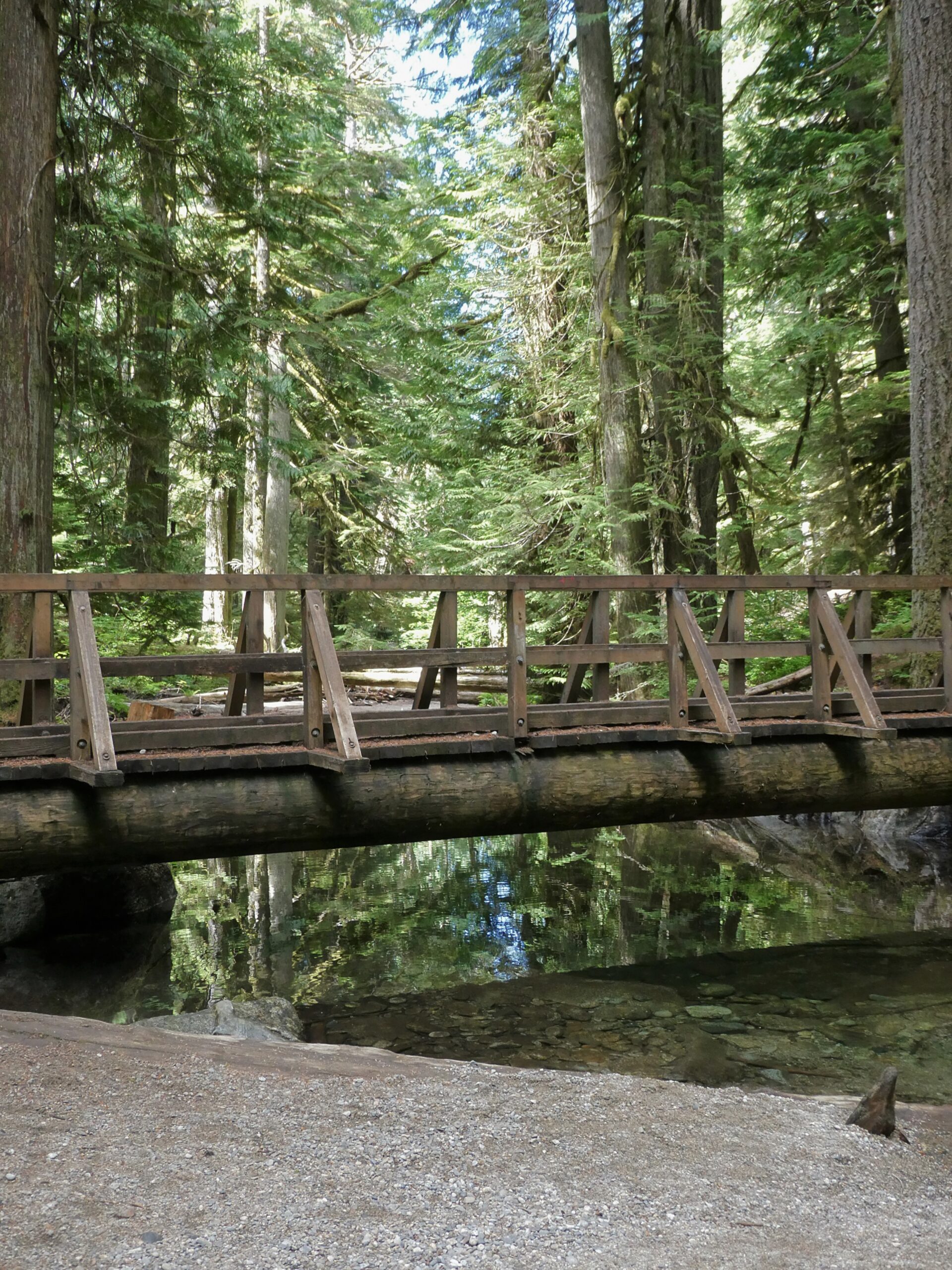Deception Falls and the Old Growth of North Cascades
By: Zachary
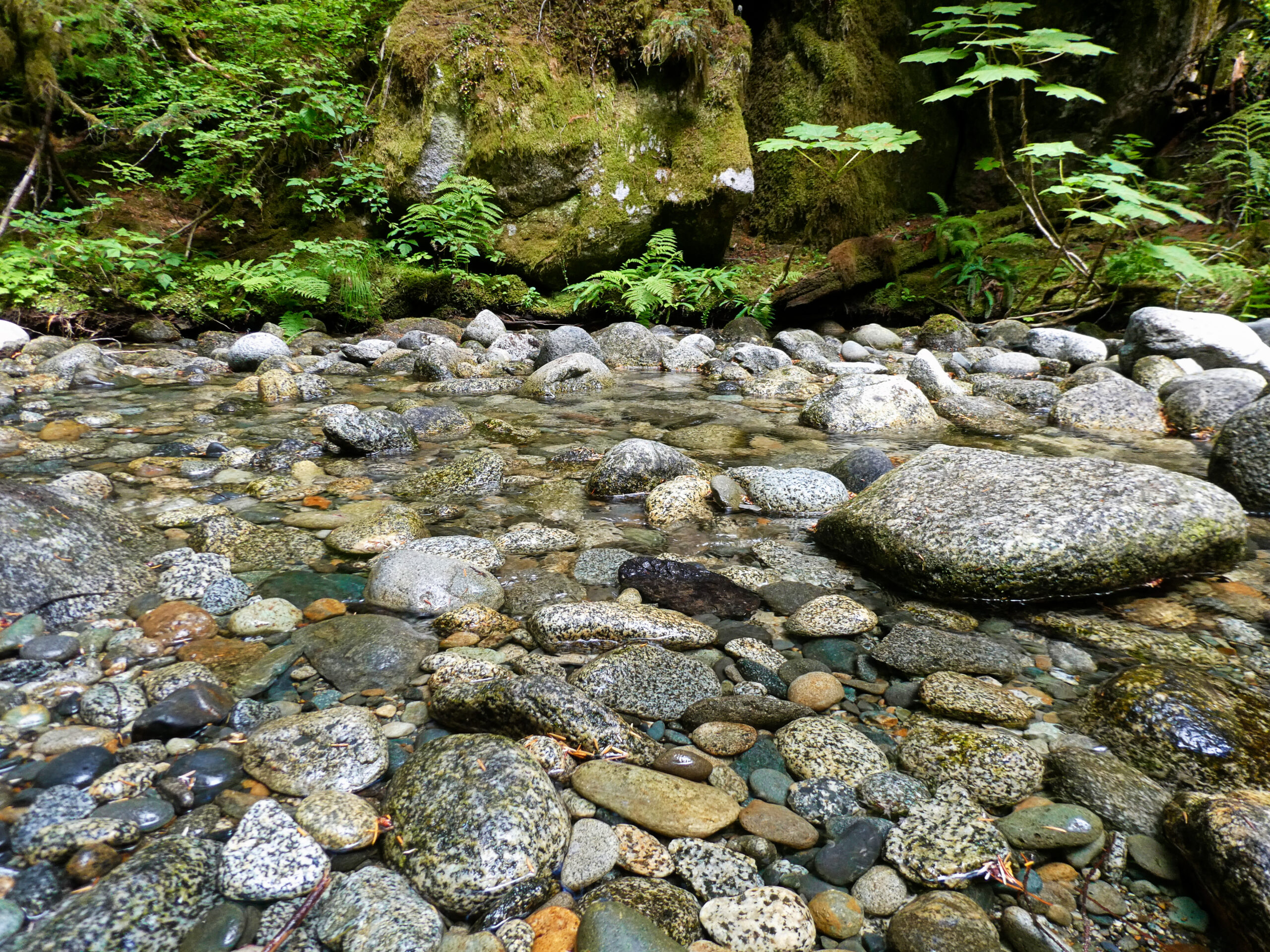
Known as the “American Alps” by climbers and hikers, the North Cascades are a collection of dramatic snow-capped peaks, deep valleys, lush forests, and a biosphere of life rivaled nowhere else. Always associating it with home, I can never get enough of the North Cascades. It’s steep and sharp peaks piercing the rolling forested valleys is a sight to behold.
The North Cascades is a place compared to nowhere else. One of the most biodiverse regions on Earth, the mountain range attracts tens of thousands of eager visitors every year. Unlike the Cascade Mountain Range, which is formed from a subduction zone, the North Cascades originated from a terrane (tectonic crust segment) which is believed to be from thousands of miles away! When it collided with the North American Plate, the terrane was shoved up from the ground, creating the mountain range we see today. Because of this, the North Cascades are a center of geologic studies. Even with our current technology, much of the geology is still unknown.
In the morning we started off heading down Highway 2 towards our destination. There’s a spot along the road where you turn and are instantly introduced to the grandeur of the peaks up close. This is one of my favorite spots because in my opinion it marks the start of the North Cascades. After traveling a bit further, we finally arrived at the Deception Creek Trailhead. Unfortunately, the road was still partly washed out from last year (we went on the hike last year but had to turn back because the trail was flooded). After getting back to the highway, we made the decision to bail on Deception Creek and turned our attention to Deception Falls across the highway.
Recently reopened after being closed for the previous year, Deception Falls is a popular spot that was surprising quiet when we arrived at the trailhead. Along the one-mile nature trail were many signs describing the fascinating history of the forest.
When the last major burn happened around 280 year ago, Douglas Fir trees were the first to populate the barren landscape. Douglas Fir grows surprisingly fast, however they do not germinate in the shade. Because of this genetic trait, the current batch of Douglas Fir will eventually die off without a replacement generation. Secondary trees such as Pacific Silver Fir are in the process of growing, but are unable to reach full height until the dense canopy opens up. When the old growth Douglas Fir eventually dies off due to fire, disease, or other circumstances, the secondary trees will become the new indicator species of the region. At this time, Pacific Silver Fir is in the process of inheriting that title.
As we continued down the path, we learned some more surprising facts. A Western White Pine we saw was actually one of the last of its kind. A disease called Blister Rust is known to infect this species of tree. In the early 20th century, Western White Pine was prime logging material and due to blister rust, logging companies tried desperately to preserve this species of tree. This tree along the trail is one of the few remaining Western White Pine that is not genetically enhanced or treated to avoid Blister Rust.
Most who visit Deception Falls marvel at the surprisingly clean water. The water is crystal clear, but it is also sterile. One of the reasons it is so pure is the lack of organic matter. Crystal clear water is considered beautiful among humans but fish think of it very differently. The water is so clean that fish are unable to survive in it.
Even though in some areas it appears abundant, old growth trees are endangered in the Pacific Northwest. Significantly logged in the 19th and 20th centuries, most remaining groves of the ancient forest are either on preserved land or have evaded loggers through luck. Renowned partly for it’s old growth forests, the North Cascades has surprisingly little of it.
Some Photos From Deception Falls
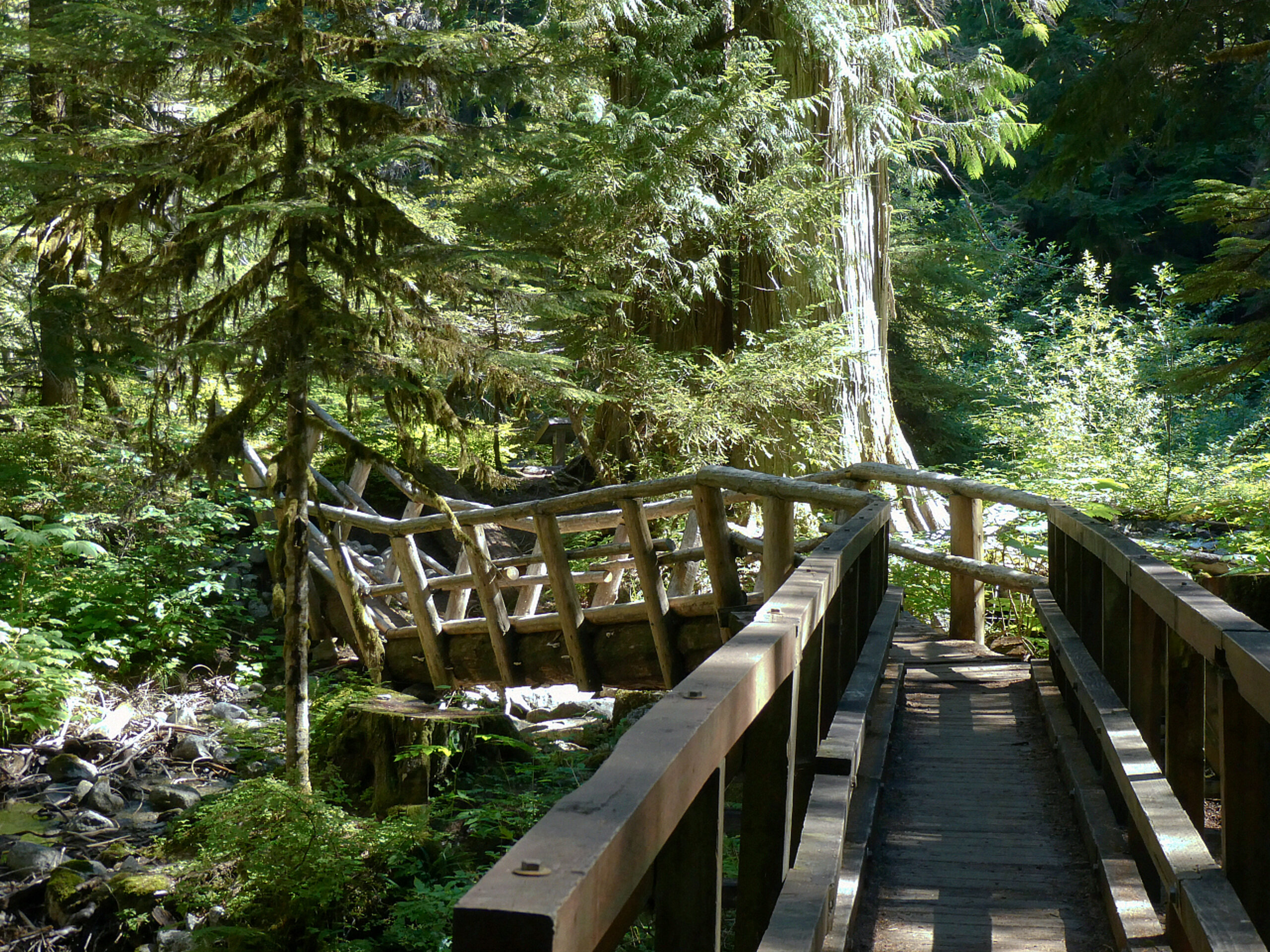
North Cascade Forest Understory 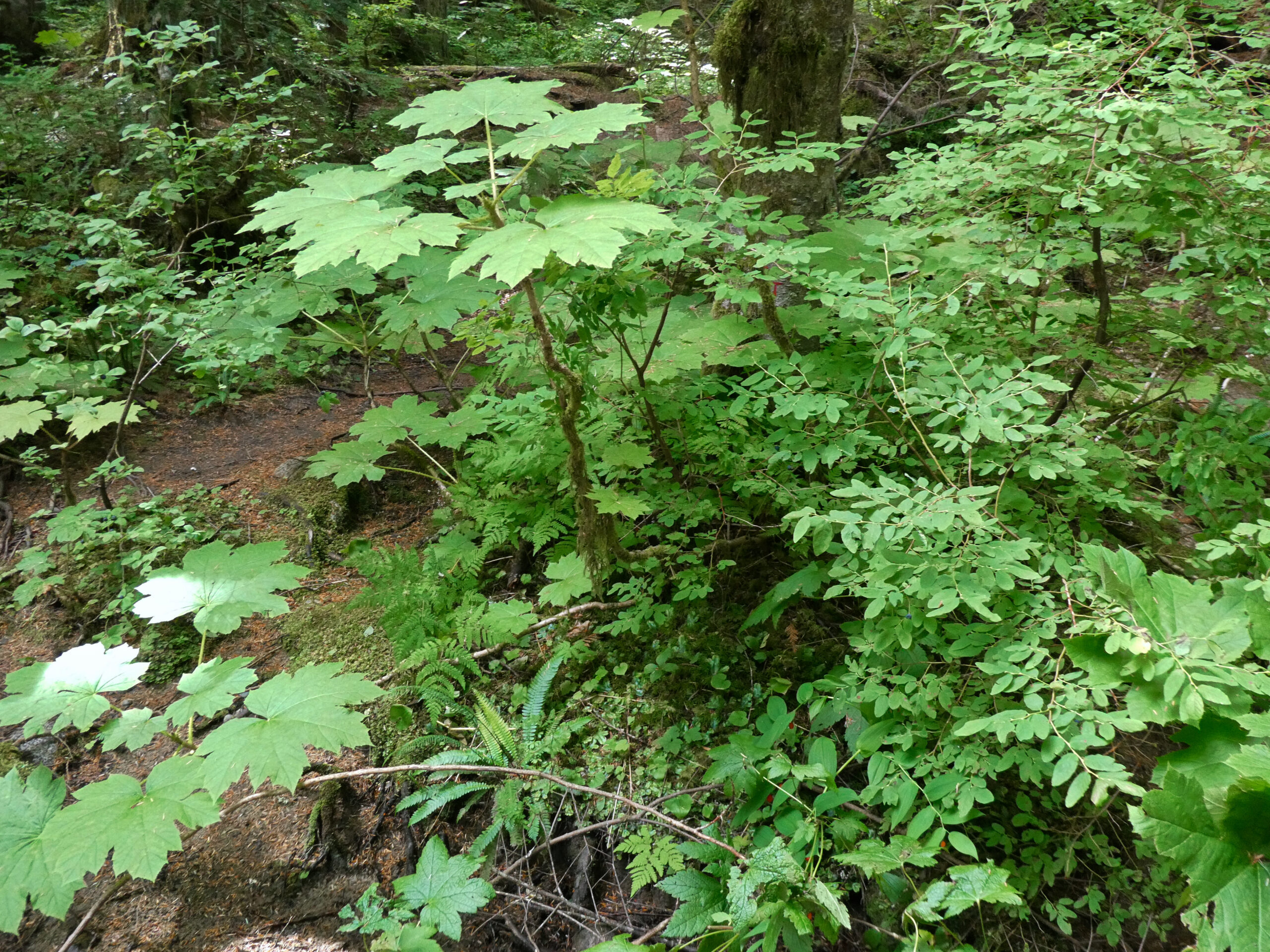
Common Underbrush found in the region 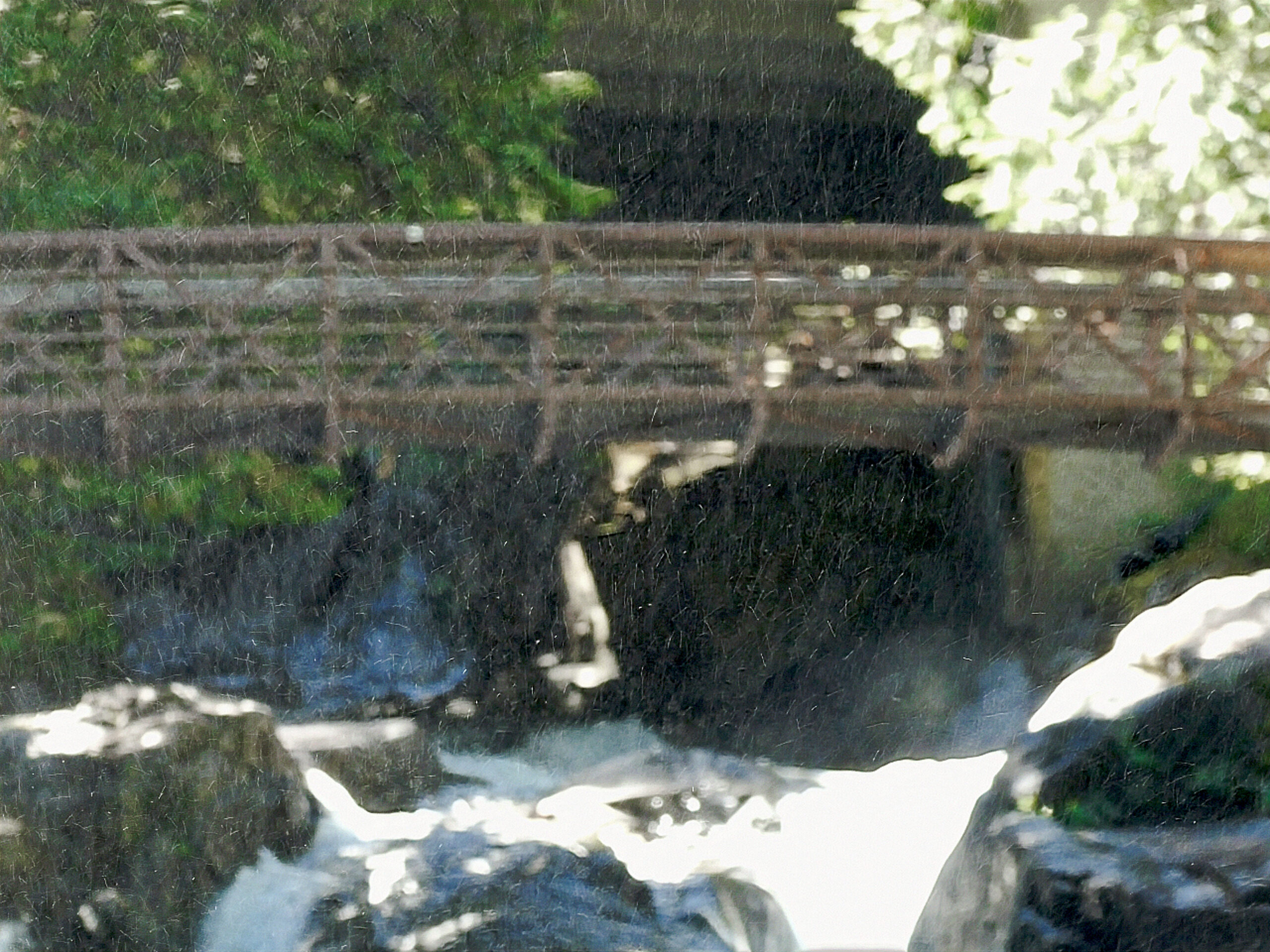
There was a lot of spray coming from the waterfall 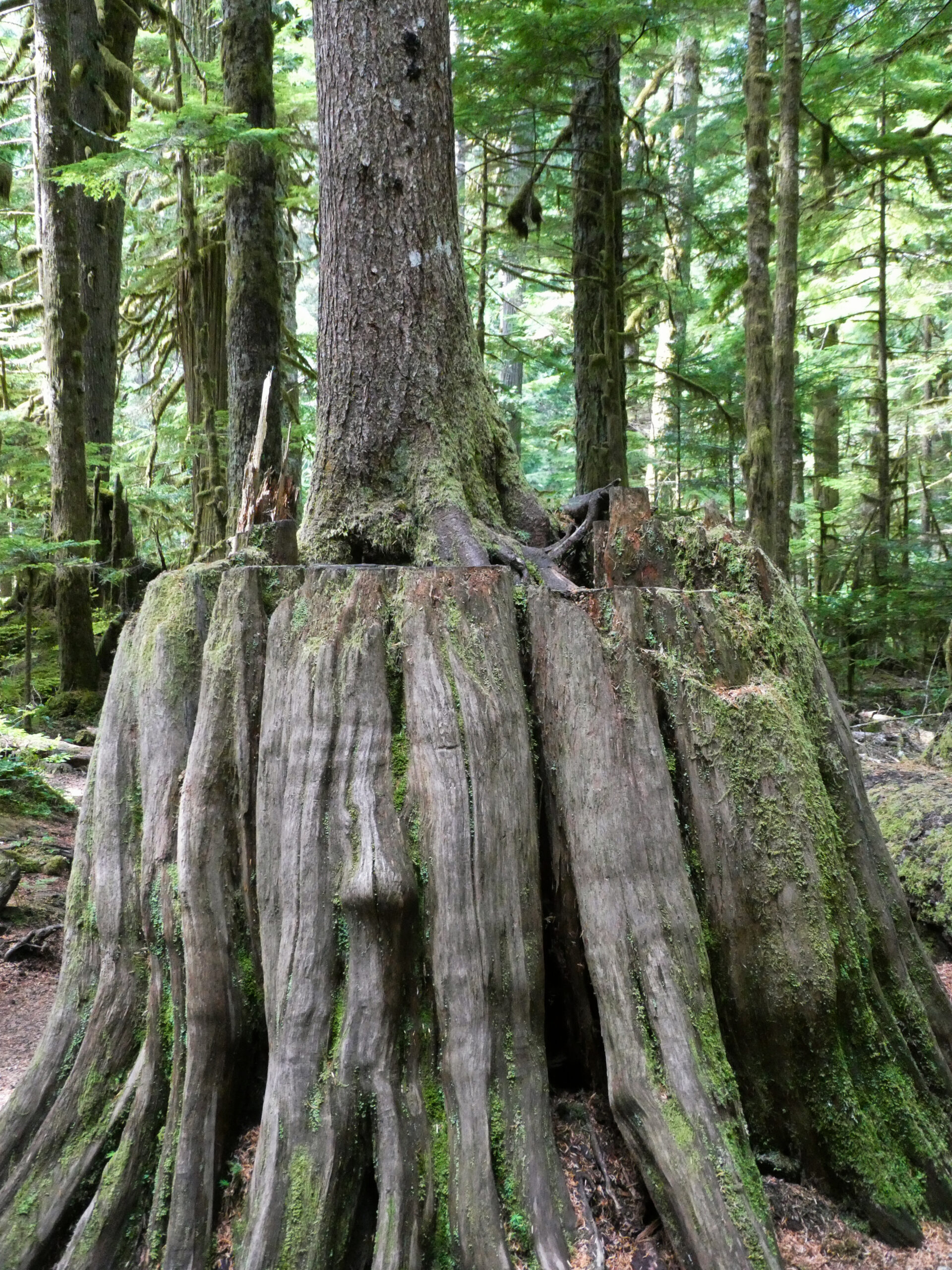
Remnants of an old growth now acting as a nurse log 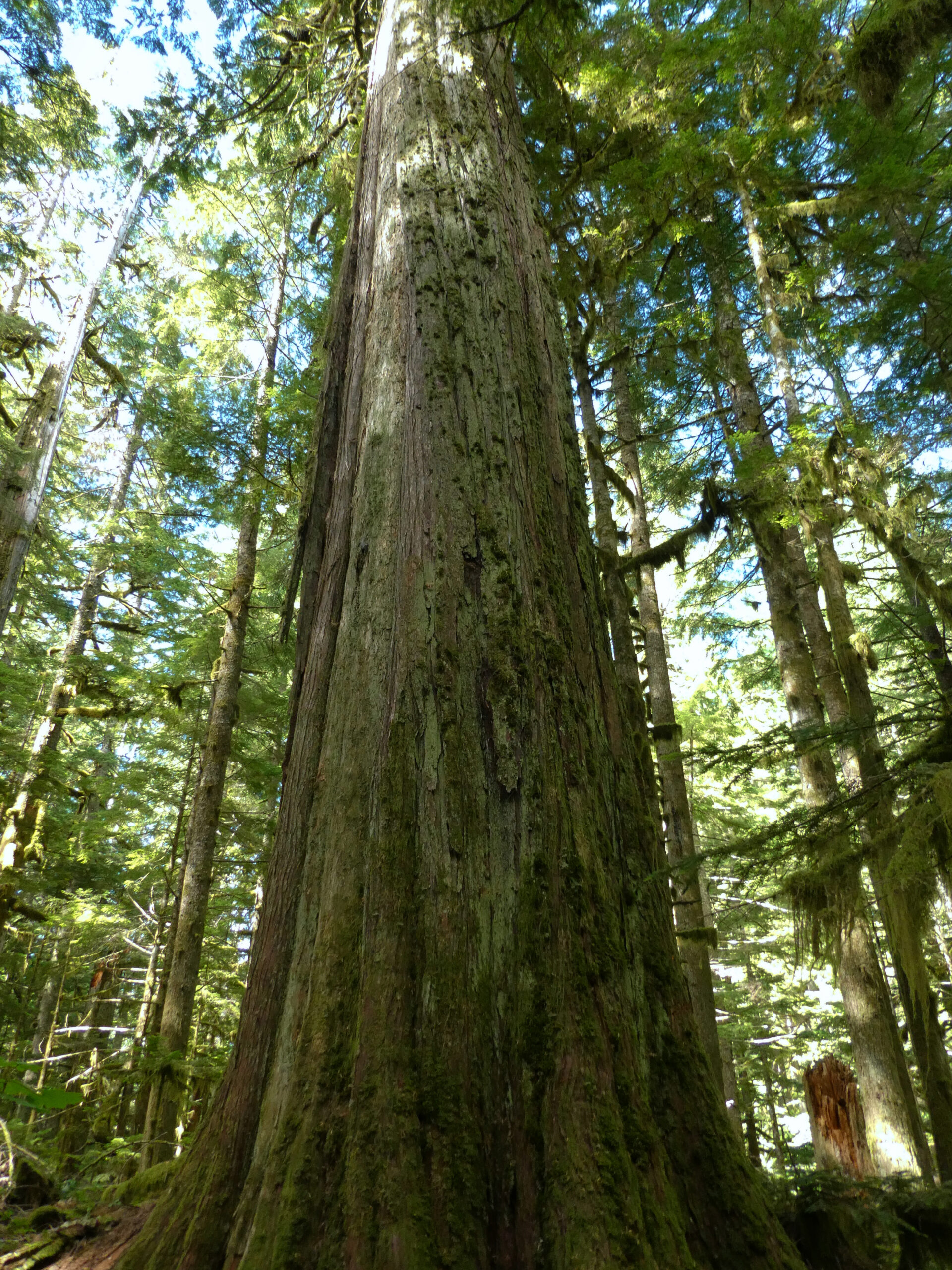
An old growth Western Red Cedar
